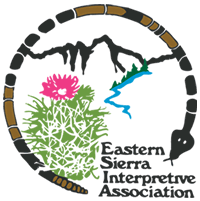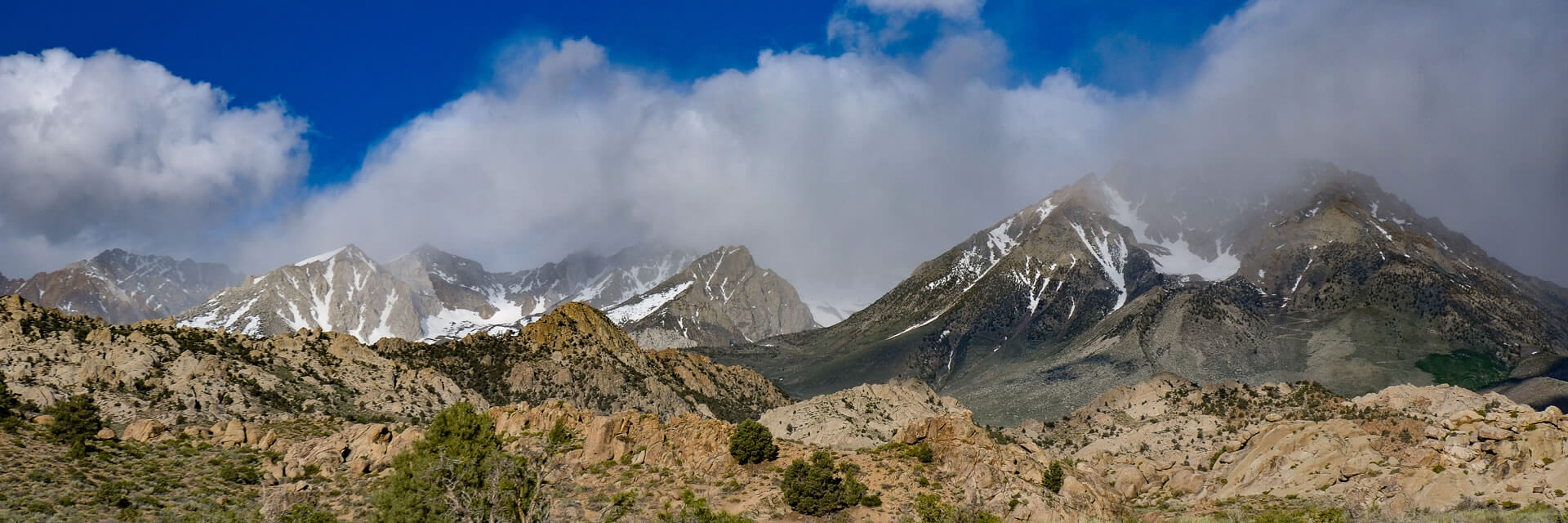What is ESIA’s new History Book Club?
Starting November 21st ESIA will be holding a virtual monthly history book club! Books will center around Eastern Sierra history and include an hour-long discussion with the author or community member. Join us for lively discussions and direct insights from the author’s about their work. So, grab your favorite cup of coffee and snuggle up with a fascinating book on Eastern Sierra history! Registration for these events is now FREE! If you are able please consider donating to ESIA and our mission to Educate, Inspire, and explore!
Scroll down for a complete schedule and descriptions of the chosen books.
Sign-Up for the Book Club!
Book Club Schedule
December 19, 2020 at 10:00 a.m. (PST)– Miracle Country By Kendra Atleework
January 21, 2021 at 9:00 a.m. (PST)– Working Dogs of the Eastern Sierra By Jennifer Crittenden
February 6, 2021 at 9:00 a.m. (PST)– Viola Martinez, California Paiute Living in Two Worlds By Diana Meyers Bahr discussion with Gerald Howard
The life story of Viola Martinez, an Owens Valley Paiute Indian of eastern California, extends over nine decades of the twentieth century. Viola experienced forced assimilation in an Indian boarding school, overcame racial stereotypes to pursue a college degree, and spent several years working at a Japanese American internment camp during World War II. Finding herself poised uncertainly between Indian and white worlds. Viola was determined to turn her marginalized existence into an opportunity for personal empowerment. In Viola Martinez, California Paiute, Diana Meyers Bahr recounts Viola’s extraordinary life story and examines her strategies for dealing with acculturation.
March 25, 2021, at 6:30 p.m.– MONO, A Novel By David Carle
More on MONO:
Between 1934 and 1941, the City of Los Angeles sent 2,000 men to work on aqueducts and an 11-mile tunnel beneath volcanic craters in the Mono Lake Basin of the Eastern Sierra. MONO tells the story of fish biologist Justin Hearth, as he surveys the waters of the Mono Lake watershed, falls in love with that landscape, and also with Alisa Stohler. Her family had been forced from a farm in the Owens Valley in 1930 and is now caught up in changes brought by the distant city’s unending thirst for growth. This story explores the minds and hearts of a generation shaped by the Great Depression and facing the threat of world war. MONO confronts the question, “What were they thinking back then, as choices were made that endangered Mono Lake and its tributary streams?”


